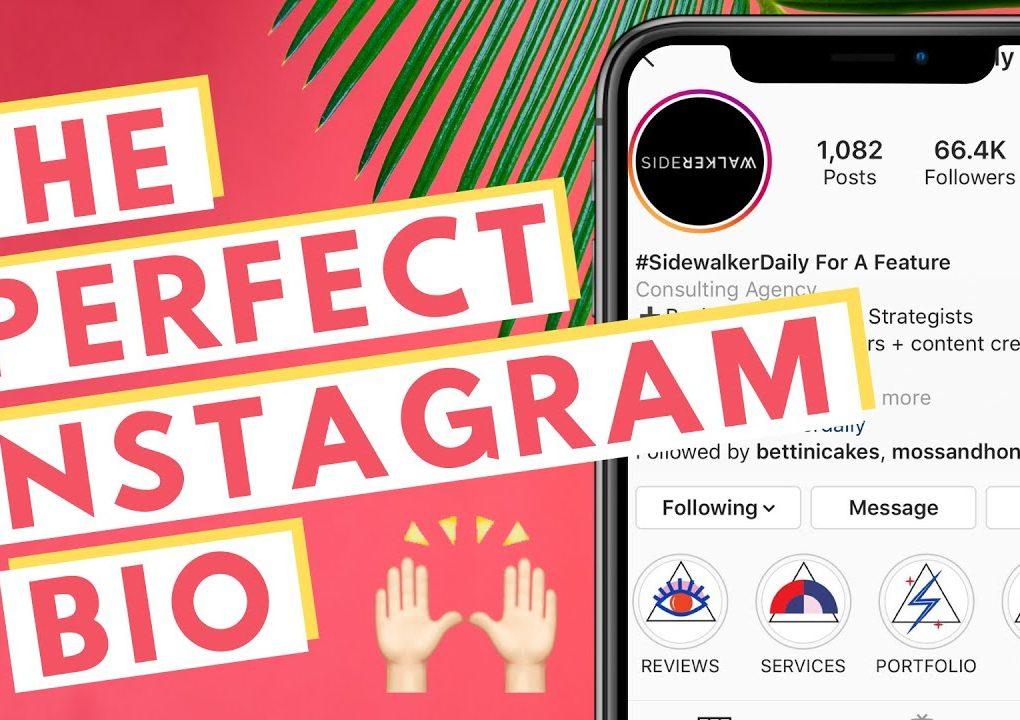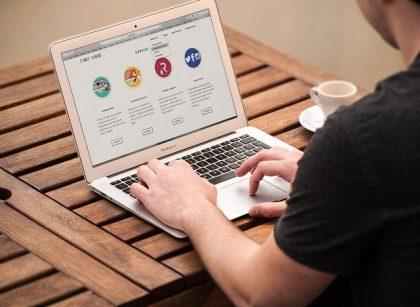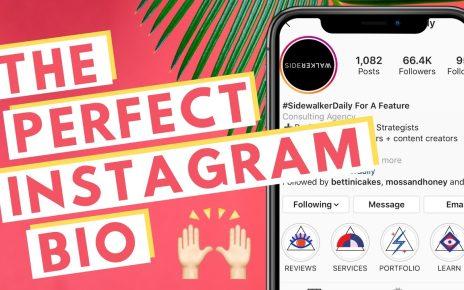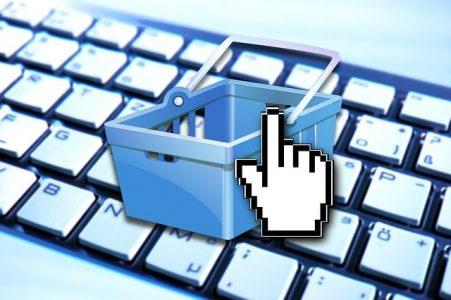If you’ve tried to purchase a product or subscribe to a service online before, you’re likely to have come across a landing page, but you might not know.
What exactly is a landing page and how should it be designed?
What are the landing page strategies and when is it worth creating a landing page?
What is a Landing Page?
A landing page is a specially structured and designed webpage on a website to promote a specific product or service to make sales.
While different marketers can add twists to their landing pages, the purpose and the objectives of any landing page are to make sales from a specific product/service or similar products/services.
Therefore, a landing page can also be defined as a webpage that focuses on just one thing – conversion or leads.
Depending on the target group, a landing page can be designed to make direct sales of products or services or primarily used to generate leads.
As mentioned earlier, a landing page is made purposely for conversions.
However, there are different types of conversions. Once users convert, they change their status from target to prospect or even buyer, moving through the different stages of the sales funnel.
Collecting customer data or subscribing to a newsletter can also be referred to as a conversion for certain companies.
There are different reasons to build landing pages. A landing page can have the following objectives, for example.
- Sell a product
- Market a service
- Generate subscriptions to the newsletter
Key Components of Landing Page
While there are different landing page structures, the anatomy of a landing page is still the same.
The key components of a landing page are the ingredients that make such a webpage sell better than other pages on your website. The following are the major components.
- Short, simple, and catchy headlines and subheadings
- Unique, and well-crafted sales pitch, with a twist of storytelling
- What makes you, your product/service stand out
- Media use – infographics, images, and videos
- Social proof – testimonials with life results or effects
- Your backup claims
- Reinforcement statements
- Call to action
- Multiple and easy payment modes
What Makes a Good Landing Page?
The above-mentioned components are what makes a good and high-converting landing page.
While these make up the framework, formatting is another important aspect of landing page design that can make a big impact in setting up your landing page.
Here, you need to consider the age group of your target audience and format the text and media accordingly.
Make use of bullet points, highlight key phrases, and use bold, italics, and fonts that would not make your audience have headaches.
Optimize your whitespace, contrast, and others to suit your target audience.
Also, you need to optimize your landing page for SEO (search engine optimization) by including search terms around the product or service you offer, especially key phrases with buying intents, and include relevant pictures.
You can also build backlinks to your landing page so it can rank on search engines like Google.
Landing Page Dos and Don’ts
You should make your landing page not too short and not too long, use a table of contents, and white spaces. Simply make it as easy as possible for visitors to find their way around.
You should endeavor to create different landing pages to target different audiences to maximize your success. You can have as many landing pages as much as you want to.
However, it’s important and better to focus on a single offer with one primary call to action, that sounds professional unlike trying to appear as a marketer and filling your page with different products or services.
Be creative with your call to action (CTA) because your audience might be familiar with different CTA styles out there.
Use reinforcement statements to make your reader want to click your CTA button and be eager to see what’s on the other side.
Always remember to keep the items in your form as low as possible.
Do you have to ask for their home address, e-mail address, and telephone number, or is it possible to contact them?
The fewer data visitors have to provide, the lower the bounce rate you can track in Google Analytics.
Contact forms should always comply with privacy policies and ensure visitor consent before data is stored and processed.
The landing page should also function flawlessly from a technical point of view.
This includes avoiding long loading times – who has time for that? Even speed is now a powerful ranking signal in the Google algorithm.
Fast loading pages would help to reduce bounce rate and thus increase conversion.
Mobile optimization of the landing page should also be taken seriously. Google and other search engines now prefer mobile-friendly websites since more people now use the internet with their smartphones, and this means that most of your target audience would access your landing page with their mobile phones.
Therefore, if the webpage is not optimized for mobile, the structure and the design of your landing page can be disrupted on mobile view, messing up the viewing experience of your audience.
Correct spelling and live links are part of the basics. No one likes broken links, so ensure everything is working perfectly.
You also need to check your landing page from time to time to see if there’s a need to update it.












